Canary Islands Tourism: how to implement a CRM in the tourism sector
Problem
Starting with a minimal tourist database and no CRM strategy or content, the challenge was to increase the tourist database and implement and manage a contact plan, in 14 languages, that would be relevant to the 17 markets and an infinite number of tourist profiles.
Solution
Development of a technological platform that allowed us to get to know our customers better, individualize communications according to their motivations, monitor the results of actions, and correctly manage the GDPR.
Results
Attracting a high volume of tourists, which meant that the contact plans had a considerable impact throughout the life cycle – before, during and after – of the trip.
Context
Attracting attention to a tourist destination is not an easy task in the increasingly hyper-connected and informed tourist. It is even more difficult to accompany the tourist throughout his life cycle – before, during and after the trip – what motivates him, when do I contact him, what content is relevant to him? Tourism of the Canary Islands intends to develop a CRM program as part of its marketing strategy to complement traditional mass communications, social media and trade fairs.
Strategy
We developed a strategic document defining a Recruitment program and a Loyalty program based on four principles:
- Personalization of communications
- Relevance of messages, freshness and differentiation.
- Simplification and automation
- Measurement of the entire program
In addition to tourists, the CRM program was extended to other groups: residents and industry professionals/prescribers. We wanted to help the Destination Sector (hotels, service companies, parks…) to get their offers to the tourists in our database through a collaborative CRM program.
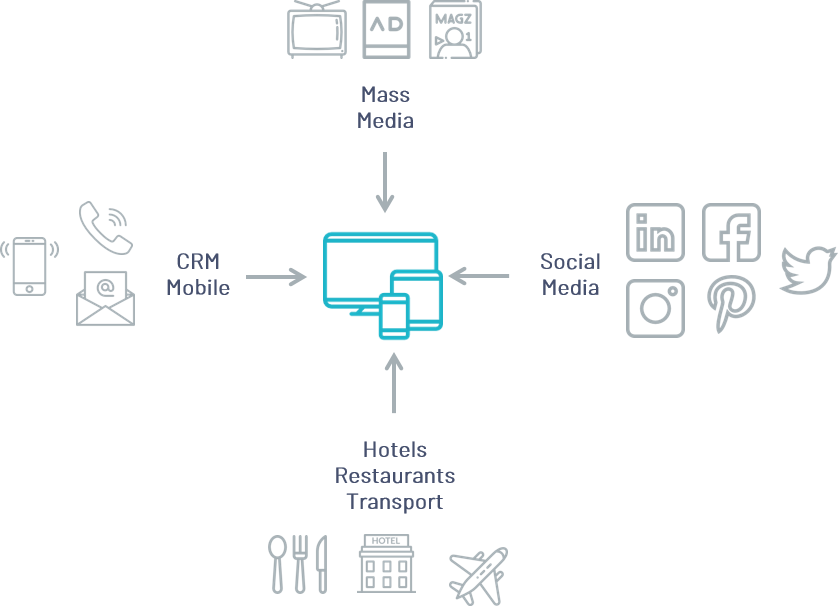
Customer data platform
A new database was developed where the existing clients were migrated. Up to that moment all the information was managed with MS Excel files. Two types of clients were defined: Tourists and Professionals. Identifying data, attributes and the history of interaction with the public were stored. The database was also used for the maintenance of information on the resources of the tourist destination, which were later integrated into the different websites and micro-sites.
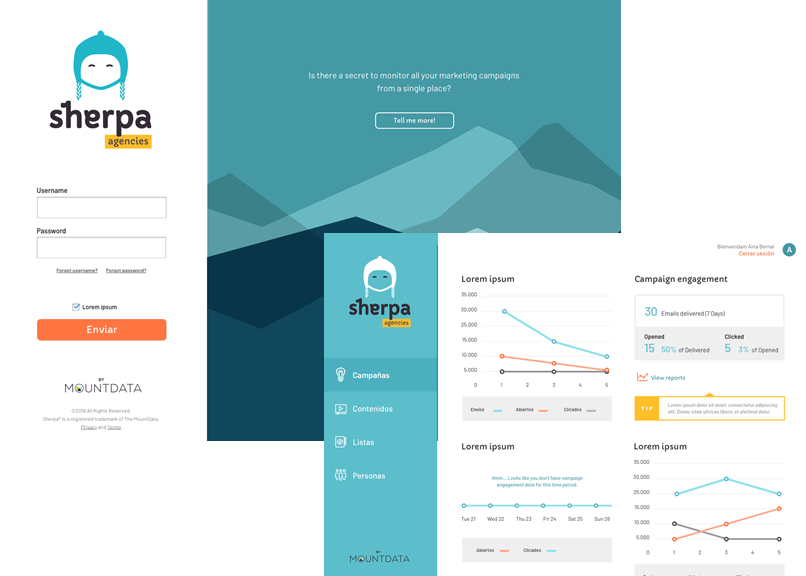
Marketing automation platform
The management of the program was carried out from the CRM platform where the campaigns, forms and contact logic were defined.
The tool also supported collaborative CRM processes where the tourist destination defines the action, invites the professionals of the sector to participate, and they parameterize the communication and the offer to be sent to the tourists.
Dashboards data visualization
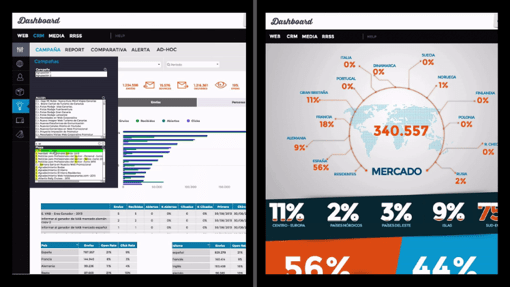
For the proper monitoring of the programs, a dashboard was developed to visualize all the KPIs of the CRM program. It was oriented to different users, adjusting the design and usability to the needs of each one. Infographics for the marketing manager and graphs/tables for area managers and analysts.
Developed functionalities: filters, alerts, KPIs comparator between two groups, ad-hoc table generation and export to Excel. Qlik View was used as a business intelligence tool.
Creativities
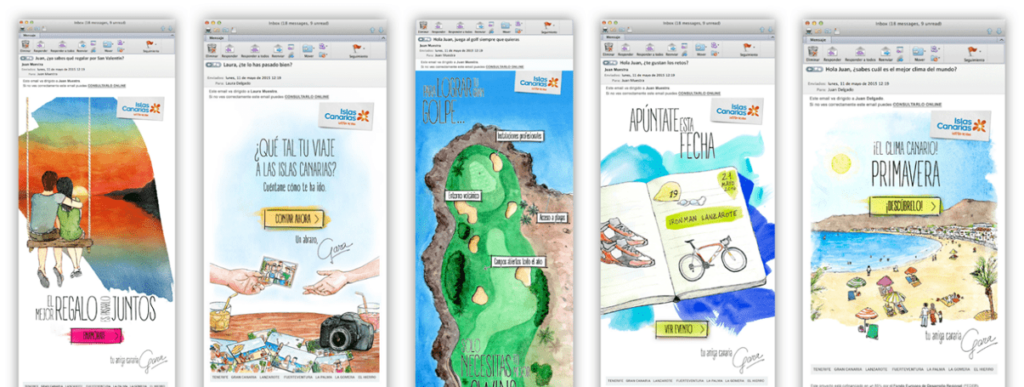
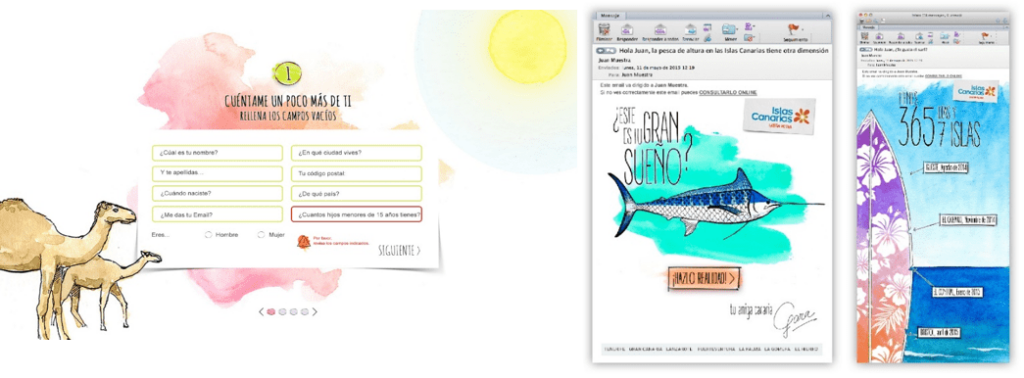
The communications were designed to be highly relevant and to awaken the desire to open the emails. For this purpose, we used illustrations of great originality and beauty where places and events of the tourist destination were depicted. The communications were signed by a virtual friend who discovered the tourist destination and a call-to-action that directed you to a landing-page in the sections or platforms related to the motivation.
The communications were sent automatically on a daily basis. And the motivations for interest in traveling to the destination, source markets, places visited and type of accommodation were used as segmentation variables.
Contact plan...

Three types of communication plans were defined:
- Cycle Plan: according to the particular situation of the tourist (punctual, individual, periodical…).
- Resource Plan: according to the tourist’s motivations (assets, culture, sun…).
- Campaigns Plan: according to the targeting campaign (market, platform, destination…).
